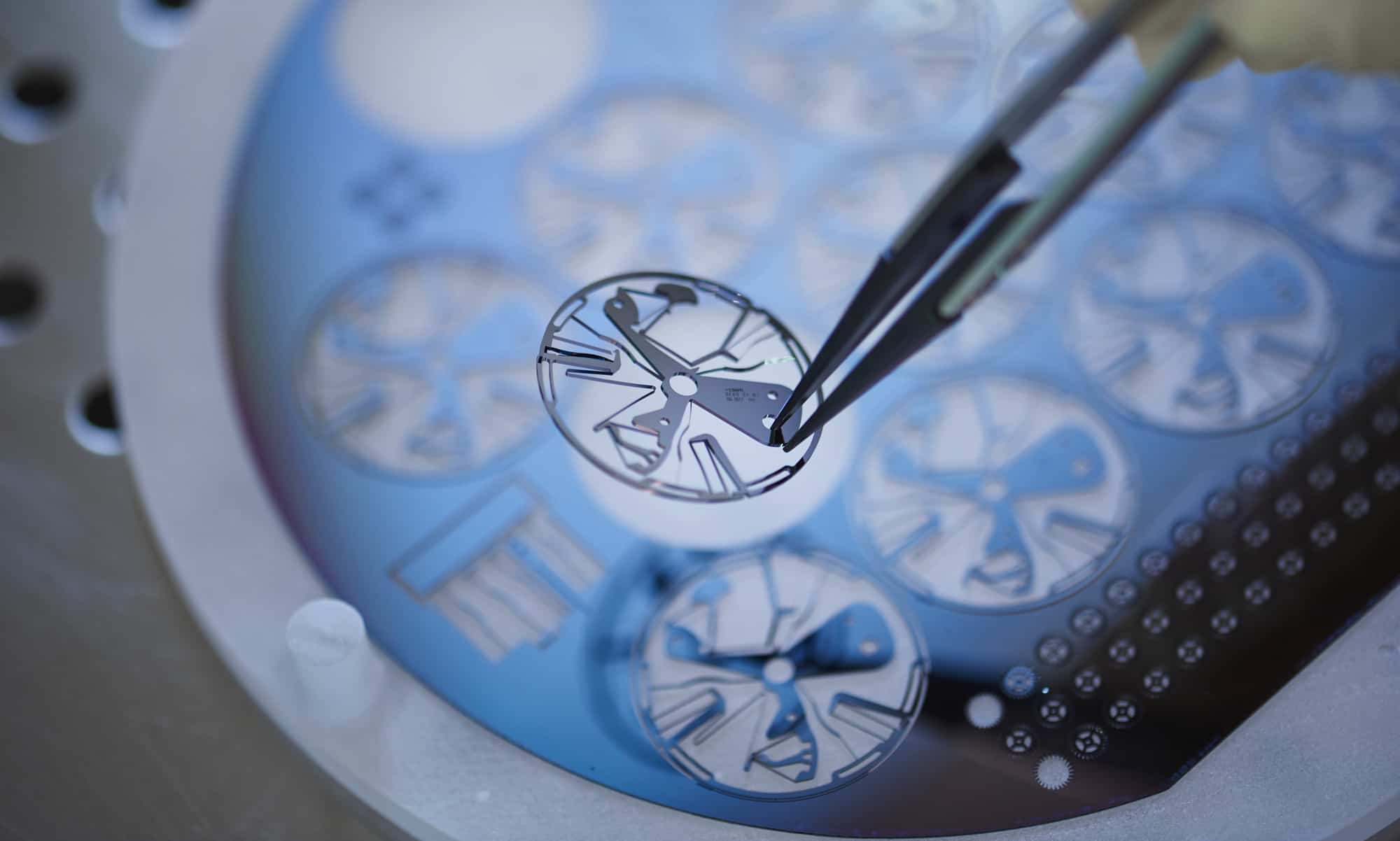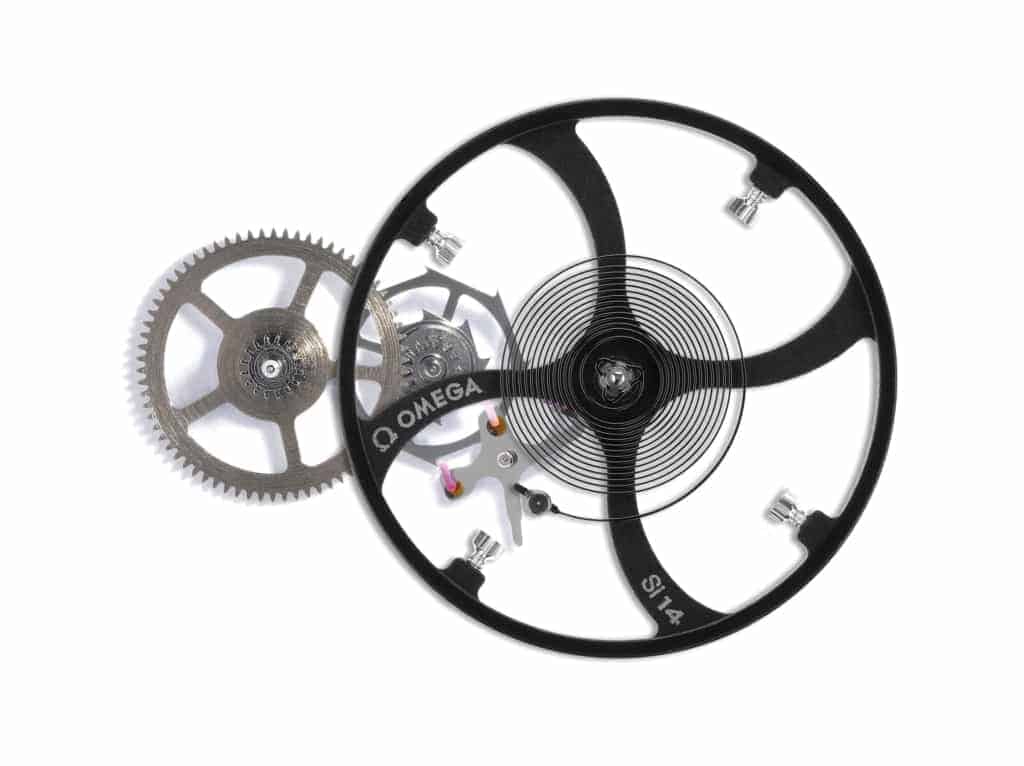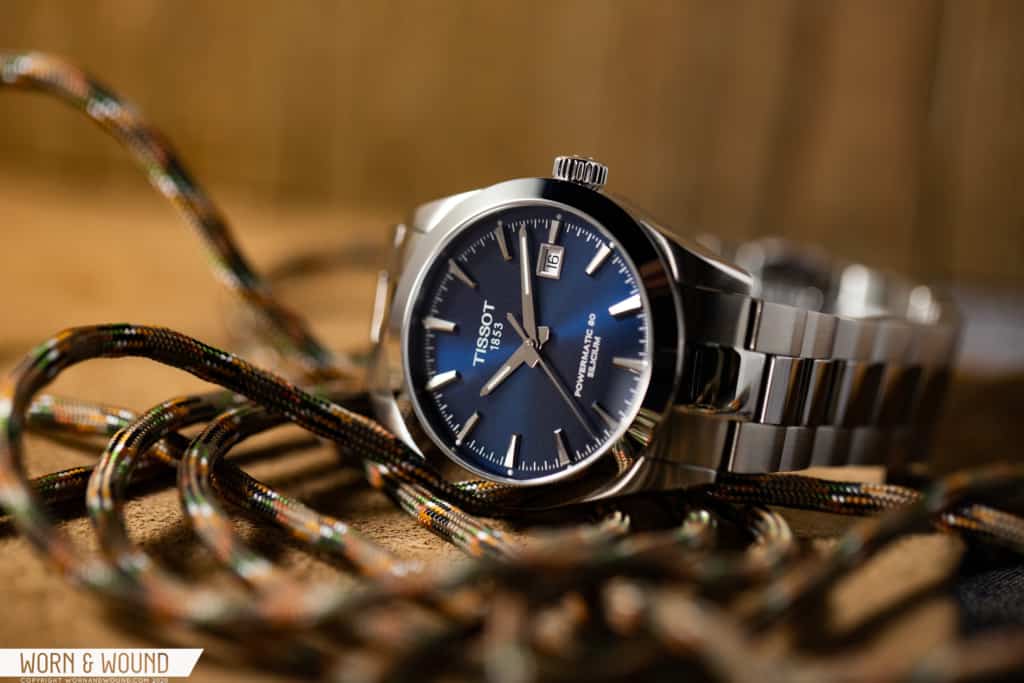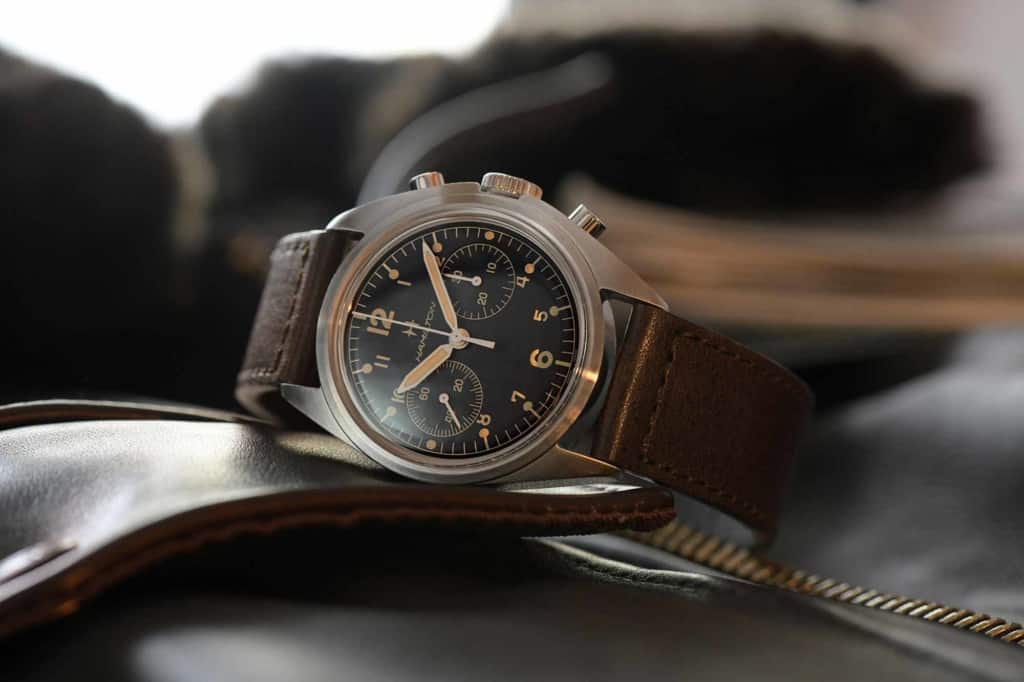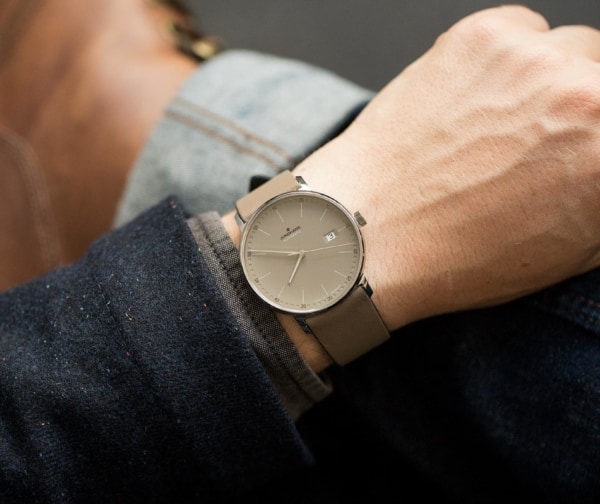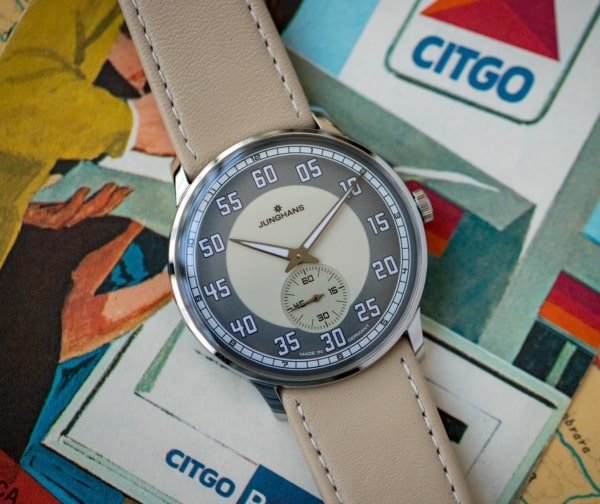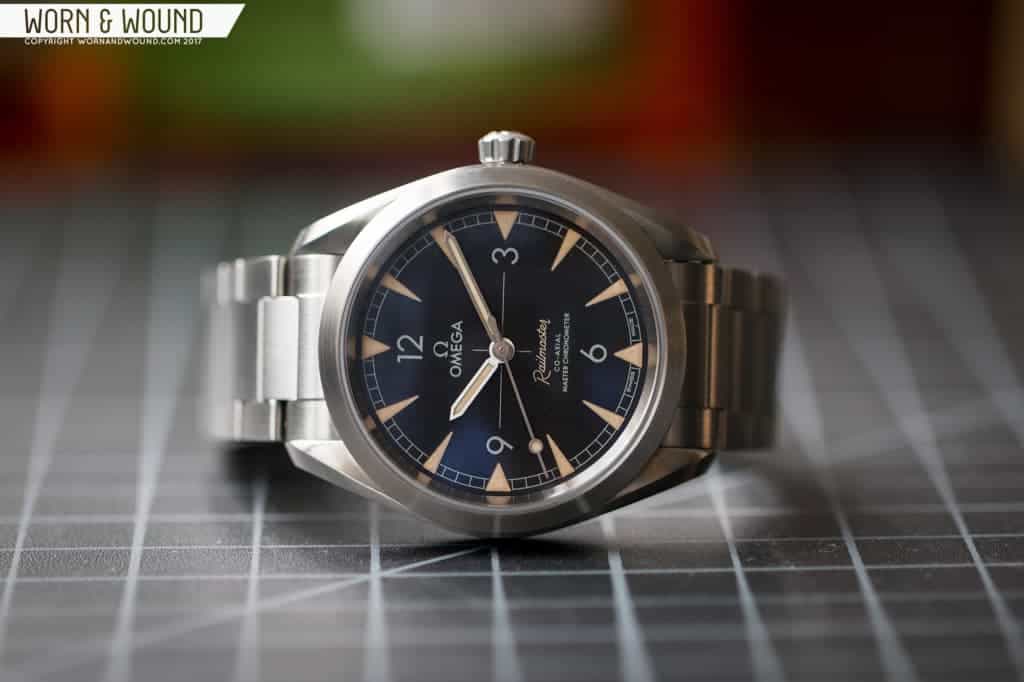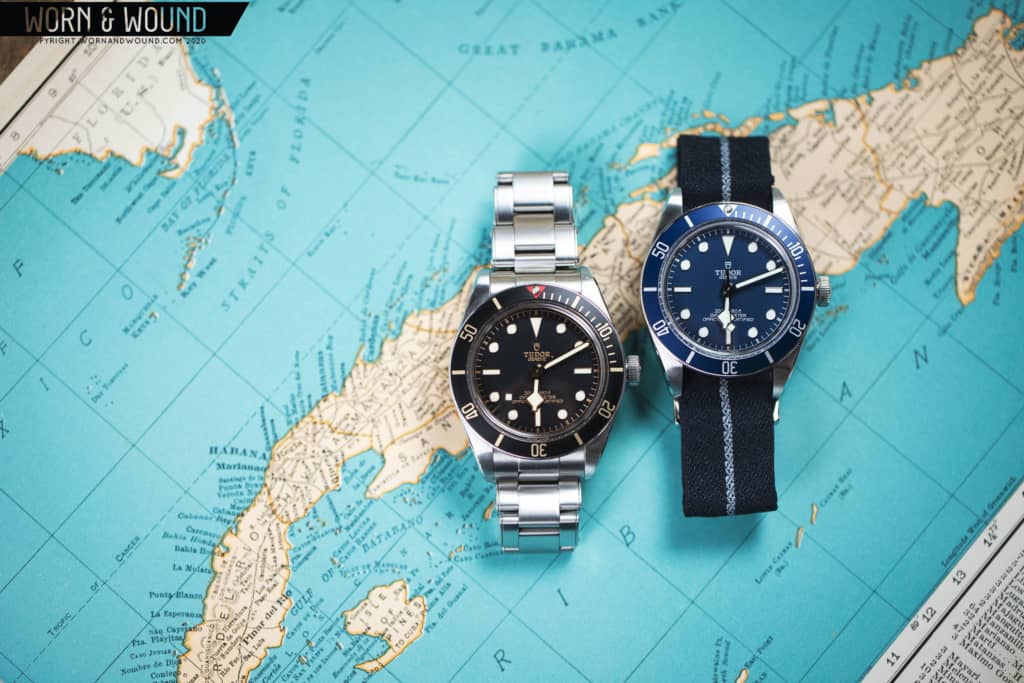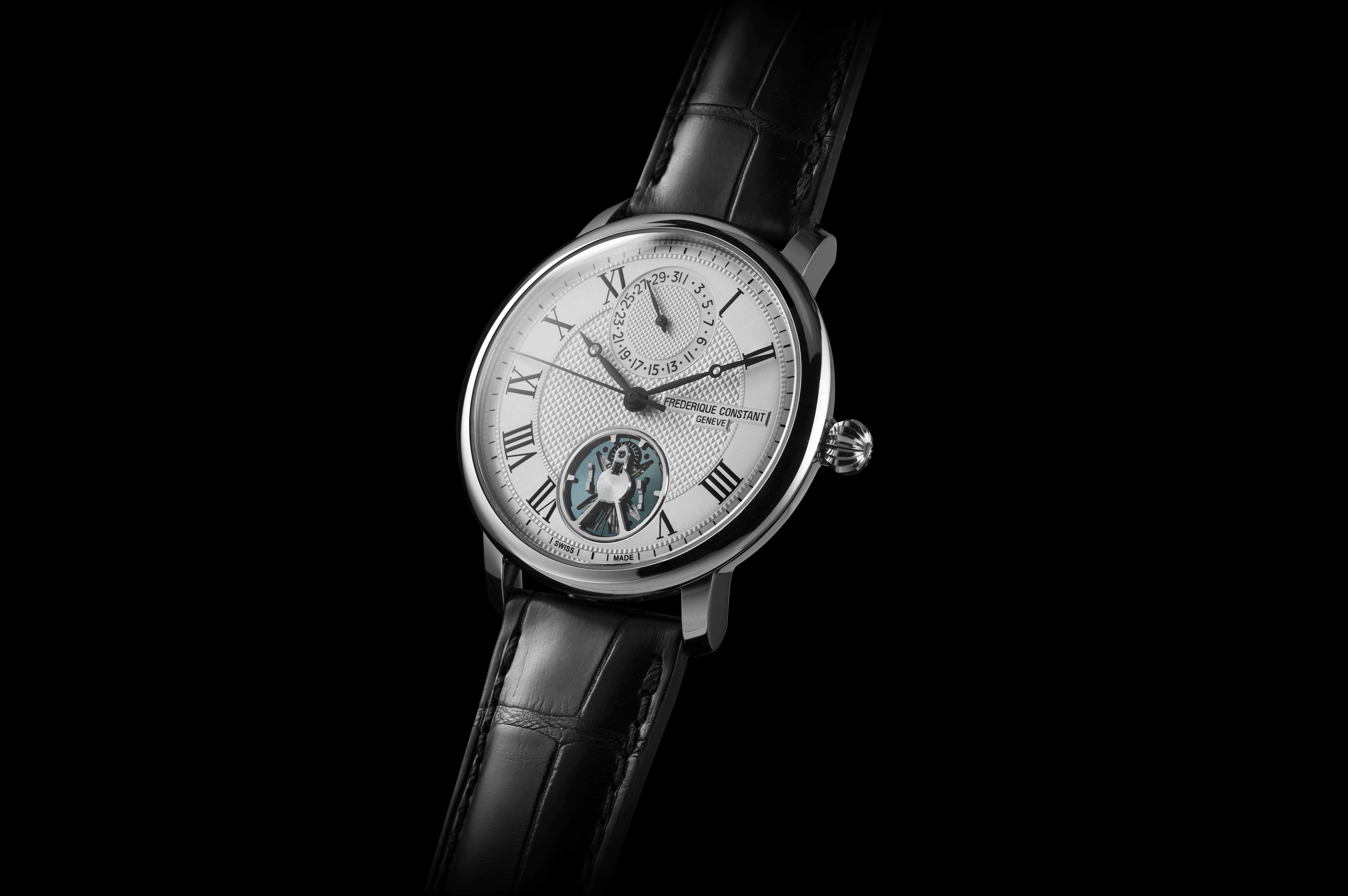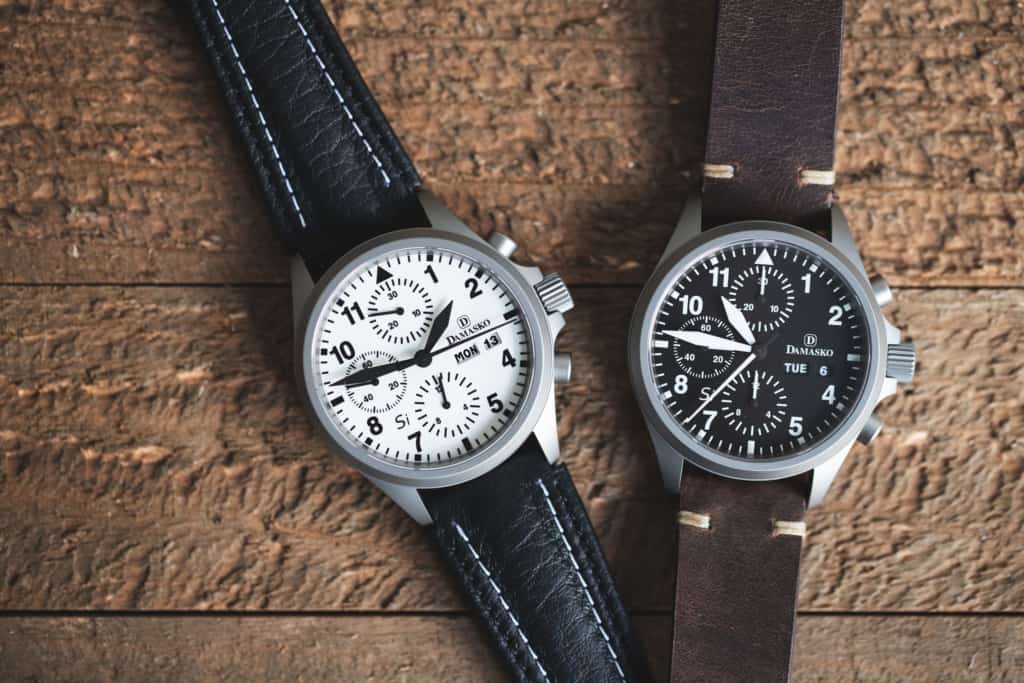With the recent release of the Longines Ultra-Chron, we couldn’t help but think “wow, silicon has come a long way in watches.” Sure, this fairly abundant element is used in far more sophisticated applications than in the manufacture of springs, gears, and other components that make our watches tick, but in the scheme of an anachronistic and stubborn industry, it’s still new and exciting. Loved for being amagnetic, light, hard, and not needing oil, silicon can lead to movements that are more durable, require less servicing, and depending on how it is used, more accurate. header image shows the silicon oscillator from the short-lived Zenith Defy Labs
But, you probably already knew all that. After all, it’s been over 20 years since silicon was introduced into watches by Ulysses Nardin in the Freak (a name that somehow doesn’t quite convey its historical significance). Omega also introduced the Si14 silicon hairspring in 2008, paving the way for their highly magnetic resistant and accurate Master Chronometer movements. What really has changed is accessibility. No longer do you have to invest in a piece of Haute horology to have the silicon experience. Rather, you can get started for under $1k. Perhaps even more interesting, however, are some of the recent applications of this material that truly feel like the future of watchmaking.
Before getting into our list below, it’s worth mentioning that due to patents, silicon hairsprings, in particular, are still fairly restricted to only a handful of companies including Patek Philippe, Rolex, and Swatch group. Unsurprisingly, the latter hasn’t put silicon into their already-hard-to-obtain ETA mechanical movements for sale to third parties. So, save a few notable exceptions, we aren’t seeing silicon for use by microbrands and other smaller independents. That said, this patent is set to become public domain in the Fall of 2022 (the year this post was written for those of you from the future) which means that in the coming years, we might see a true shift to silicon across the industry.
Tissot Powermatic Gentleman
Whenever I come across the Tissot Powermatic Gentleman, I’m always struck by the value the Swatch group brand is offering. Starting at $725, you not only get an undeniably handsome, vintage-inspired everyday/casual watch with a reasonable 40mm case, you get a Swiss-made 80-hour automatic movement with a silicon hairspring. Even without the latter (which admittedly is why we’re here) at $725 it’s still a great deal. Add in the Si, and it’s one of the best values out there.









 Featured Videos
Featured Videos




